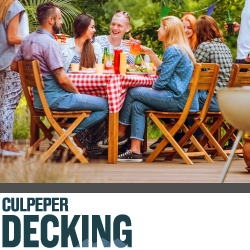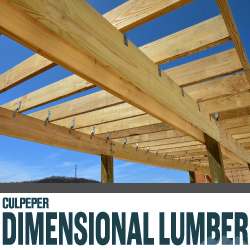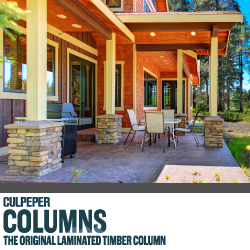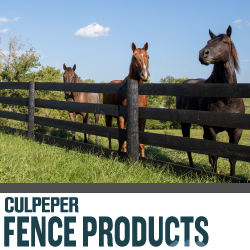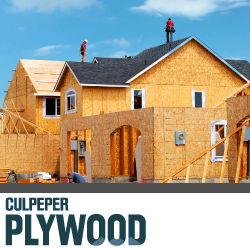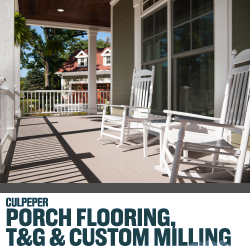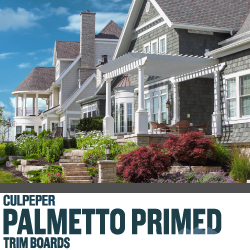- < Home
- |
- Resources
- |
- Product Education
- |
- Safety Tips

- < Home
- |
- Resources
- |
- Product Education
- |
- Safety Tips
Common Sense Safety Precautions
The following precautions should be taken both when handling CULPEPER pressure treated wood and in determining where to use and dispose of it. Many of these precautions also apply to untreated wood and other building materials.
Use Site Precautions
- All sawdust and construction debris should be cleaned up and disposed of after construction.
- Do not use CULPEPER pressure treated wood under circumstances where the preservative may become a component of food or animal feed (e.g., in raised beds place an impervious liner such as heavy polyethylene between treated wood and soil). Examples are mulch from recycled treated wood, cutting boards, counter tops, animal bedding, and structures or containers for storing animal feed or human food
- Only CULPEPER pressure treated wood that is visibly clean and free of surface residue should be used where contact is likely.
- Do not use CULPEPER pressure treated wood for construction of those portions of beehives which may come into contact with honey.
- CULPEPER pressure treated wood should not be used where it may come into direct or indirect contact with drinking water, except for uses involving incidental contact such as docks or bridges.
Handling Precautions
- Dispose of CULPEPER pressure treated wood by ordinary trash collection. Pressure treated wood should not be burned in open fires or in stoves, fireplaces, or residential boilers because toxic substances may be produced as part of the smoke and ashes. Pressure treated wood from commercial or industrial use (e.g., construction sites) may be disposed of by complying with local landfill rules or burned in commercial or industrial incinerators or boilers when done in accordance with state and federal regulations.
- Avoid frequent or prolonged inhalation of sawdust from wood, treated or untreated. When sawing, sanding, and machining wood, wear a dust mask. Whenever possible, these operations should be performed outdoors to avoid indoor accumulations or airborne sawdust.
- When power-sawing and machining, wear goggles to protect eyes from flying particles.
- Wear gloves when working with wood. Use proper techniques when lifting. After working with wood, and before eating, drinking, toileting, and use of tobacco products, wash exposed areas thoroughly.
- Because preservatives or sawdust may accumulate on clothes, they should be laundered before reuse. Wash work clothes separately from other household clothing.
